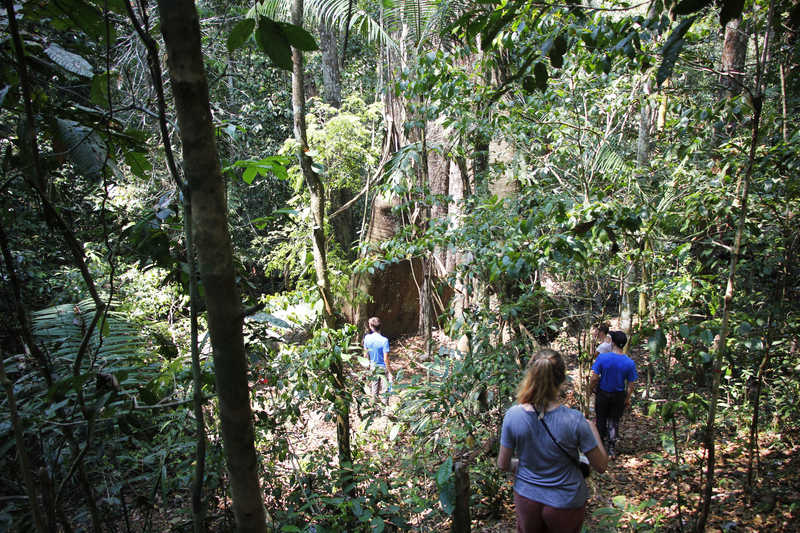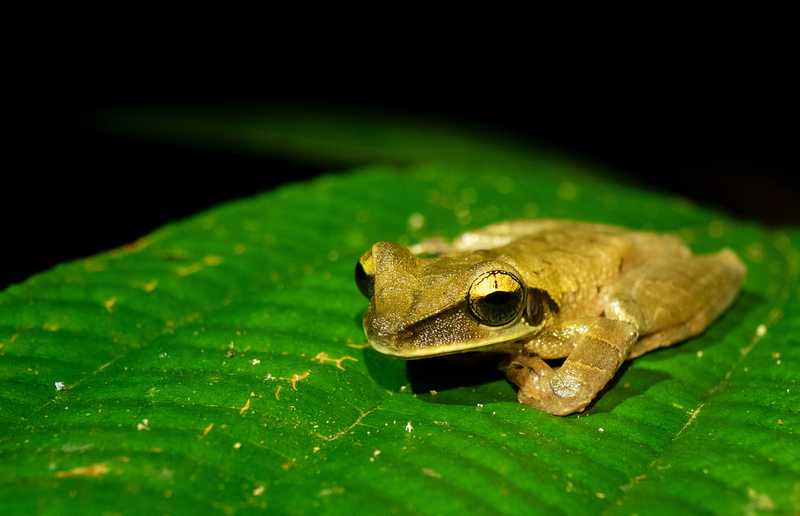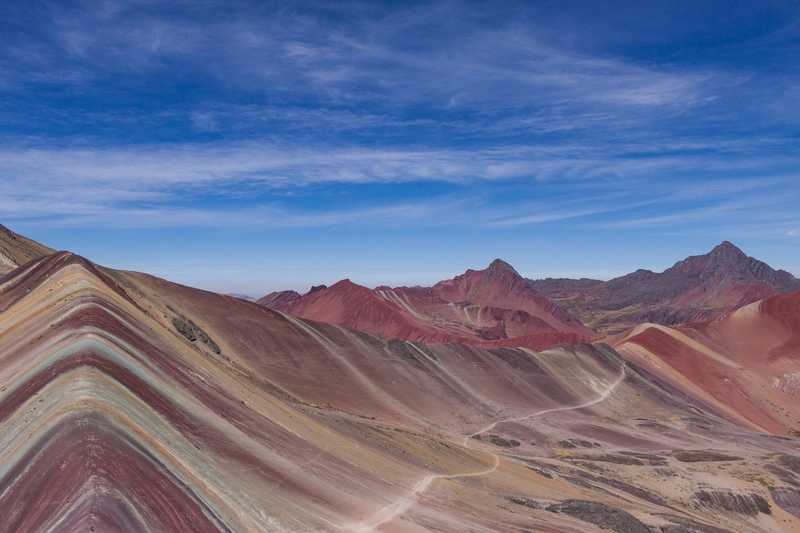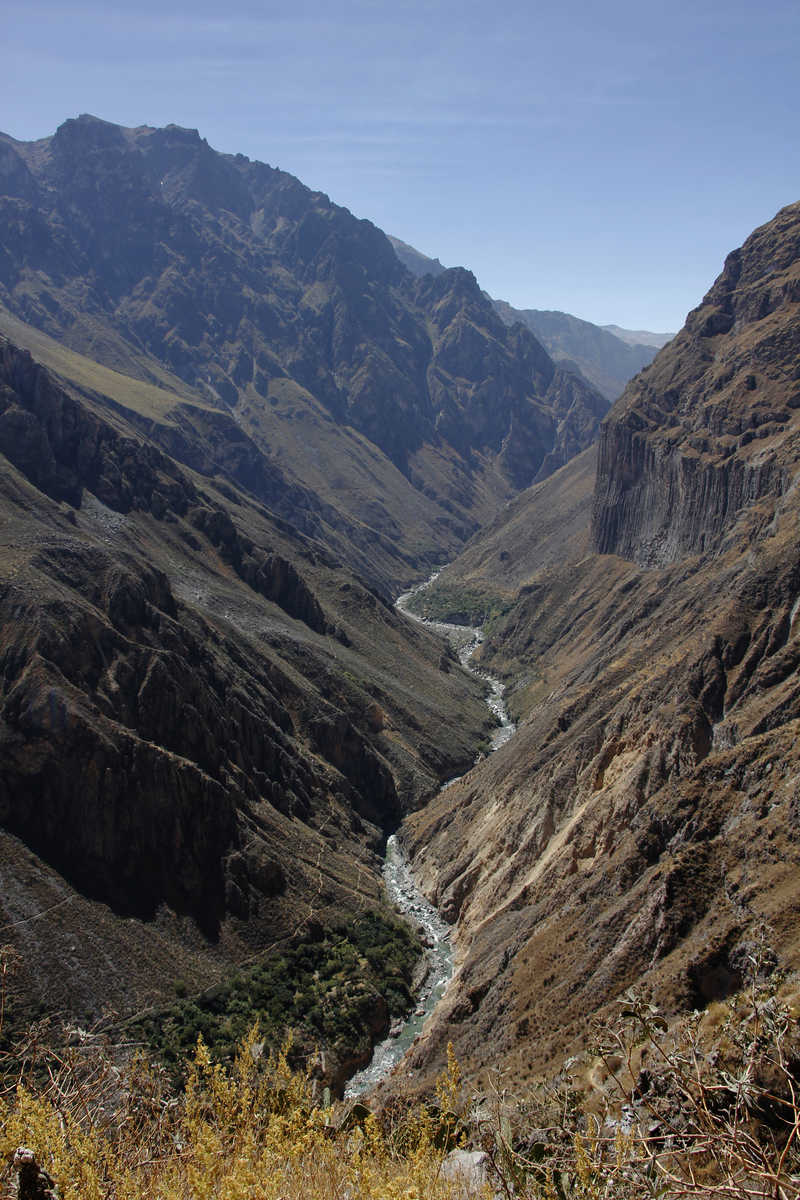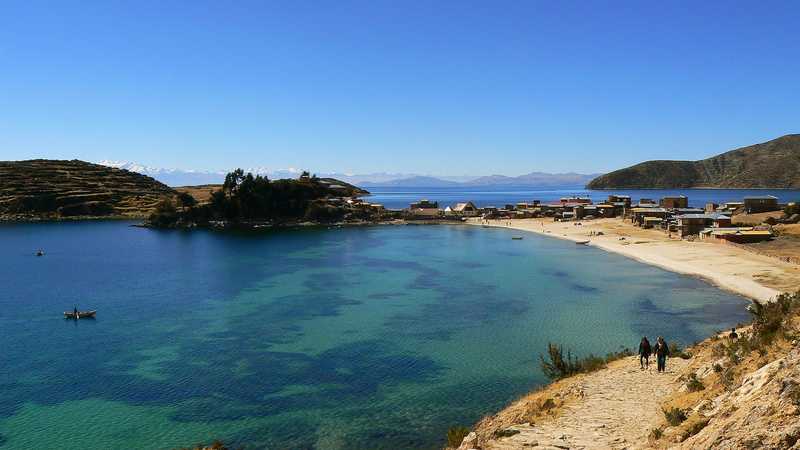The Salkantay Trek
- Kandoo Trekking
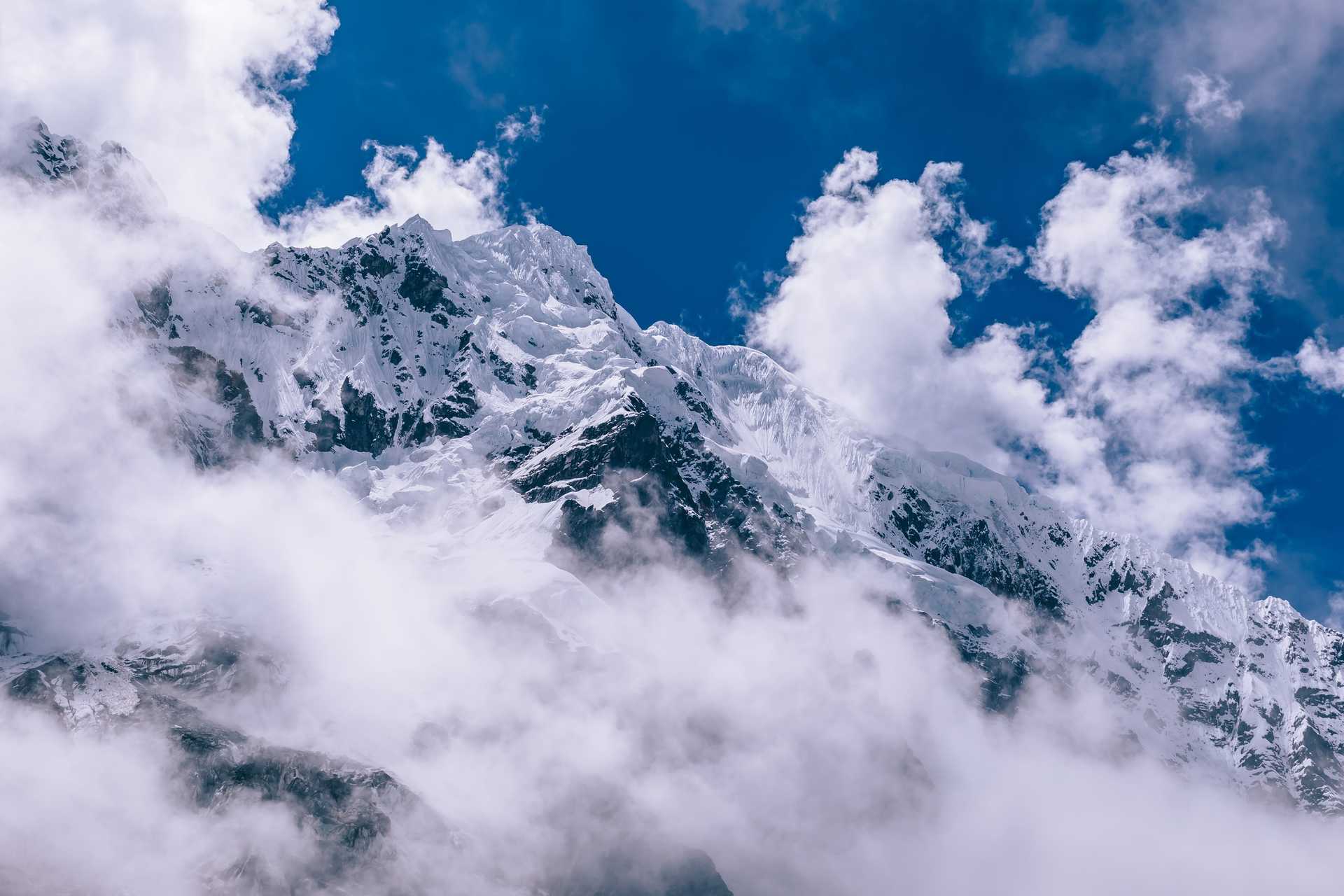
Contact
our UK team
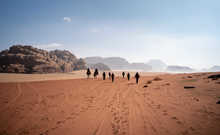
All trekkers need to organise their own flights to Cuzco Airport (CUZ). From the airport we will arrange an airport transfer for you to our hotel in Cuzco
The city of Cuzco sits at an altitude of 3400m and is a great place to acclimatise before you start your Salkantay trek. You’ll have plenty of time to explore this charming city and soak up the local atmosphere. This evening you will meet your Kandoo guide and have a full pre-trek briefing.
We will pick you up early from your hotel for a private transfer to the start of our trek, which will take around 4 hours. Along the way, we will pass through the picturesque towns of Pampa de Anta (Izcuchaca, Zurite, and Ancahuasi). Our journey will take us into the Limatambo Valley and then toward Soraypampa, where we will begin our expedition. At Soraypampa, we will complete the arrangements for our trek and meet our arrieros (horsemen). We begin by hiking up to Humantay Lake, the stunning turquoise lake at the base of the Humantay glacier. We then continue to ascend to our campsite at Salkantaypampa. From here we have great views of the peaks of Tucurway (5910m), Humantay (5917m) and Salkantay (6917m).
At the start of the second day of trekking we ascend to the highest point of our trek, the Salkantay Pass (4600m) from where we can enjoy the views of Mount Salkantay, a stunning snow-capped mountain (6271m). A further 3 hours walking with spectacular views of the mountains Humantay and Huayanay will bring us to our lunch site, Huayraqmachay (3700m). We then descend for 3½ hrs until we reach our second campsite, Collpapampa.
On the third day of the trek, we will walk for 5-6 hrs downhill at a steady rate moving into the jungle zone at Ceja de Selva where coffee, coca and fruit plantations can be seen. If we have time you can stop to shower in a waterfall here and with luck can see the famous Peruvian National Bird "Gallito de las Rocas". We arrive at our third campsite, Lucmabamba, in time for lunch. This campsite is located in a coffee farm and in the afternoon we can watch a coffee demonstration and you will be able to taste the best coffee in Peru! There is also an option to visit the hot springs in Cocalmayo.
After breakfast, we walk for about 4 hrs until we reach the archaeological site of Llactapata. From here we can see the Lost City of Machu Picchu in the distance. Then we walk for 2 hours downhill to the Hydro-Electric station where we will have our last camping lunch. We then continue walking for two and a half more hours following the railway to Agua Calientes where you stay in a hotel for the night
An early start to take the bus to the Citadel of Machu Picchu where you will have a guided tour for around 2½ to 3 hours. There is also the option of climbing Huayna Picchu, the iconic mountain behind Machu Picchu, but you will need to book s permit in advance. After the tour of the ruins we will take the bus down to Agua Calientes where you will catch the train to Ollantaytambo to be met by our driver who will take you back to your hotel in Cuzco.
After a much needed night’s rest, we will bid you goodbye. We will collect you from your hotel and transfer you to Cuzco Airport for your departing flight.
In general, the Salkantay Trek is considered more difficult than the Inca Trail. You will be trekking at least 6 or 7 hours each day for four days, over mountain trails. Day 2 and Day 4 of the trek are the toughest days. On day 2 you will be climbing over the Salkantay Pass at 4,650 metres and will feel the effects of altitude. The hike from Lucmabamba to Aguas Calientes on Day 4 is hard, although relatively flat - it is a long day, taking around 8-9 hours. Due to the high altitude reached, and the long hours trekking each day, a good level of fitness is required.
Staying
well-fed on your trek is absolutely vital, especially when conditions are such
that you might not want to eat or drink as much as you should. Because
so many trekkers experience a loss of appetite at altitude, our head chef has
developed special menu plans that are appealing, healthy, and filled with all
the energy you need to make it to Machu Picchu. By default, our meals include
fresh fruit and vegetables every day, as well as fresh meat and fish.
BREAKFAST
Breakfast
is usually fairly hearty. Of
course, you’ll also have hot drinks, generally a choice of tea, coffee or hot
chocolate. Let your guide know if you are still hungry, or even if you think
you could ‘pack in a few more bites’. Our cooks always try to provide more
food than necessary to ensure everyone gets a good meal.
LUNCH
Lunch
is packed for you, to carry in your rucksack.
AFTERNOON
TEA
Afternoon
Tea is served at the end of the days walking, once you get to camp. In
addition to tea and other hot drinks, there are plenty of snacks to help
restore some of the energy you’ve just burned off.
DINNER
Dinners
are quite filling. They usually begin with a nice hearty soup, and then a
main course with fresh vegetables, and plenty of rice, pasta or potatoes,
followed by a yummy dessert.
DRINKING
WATER
On
the trek, we filter and boil all the water that we give to you for drinking.
You may wish to bring purification tablets as an extra precaution but they
are not essential. Every morning we will fill up your water bottles or
hydration bladder with at least 2 litres of water.
COCA TEA
Coca
tea is thought to help relieve the symptoms of altitude sickness. In Cuzco,
all the hotels have dried leaves and hot water available throughout the day
so you can make your own tea whenever you wish.
On the trek we will take coca leaf tea bags for you.
We use only the very best high altitude
mountain tents, Eureka K-2 XT, to ensure you stay warm, dry and comfortable on
your Choquequirao
trek. Please bear in mind, these are proper mountain tents, designed to cope
with extreme conditions so don’t expect to be able to stand up and walk around
inside!
Bag Weight: 7kg
We realize that tipping may not be a common practice in all countries but for Peru it is a standard practice that all operators support. The decision on how much to tip should be determined by how well the team served you while you were on the trek. Tips are always discretionary and if you are not happy with the service you have received you do not have to pay tips. Tips can be made in US dollars or Peruvian Sols. It is very important that US bills be new (less than 10 years old), crisp and untorn.
If
you’ve decided to rent gear, then below is a list of equipment available.
Just let our team know what you’d like to hire at your Pre-Trek
Briefing.
All
payments are made locally in US
Dollars (cash only):
North
Face 0° Sleeping Bags $15
per trek
Trekking
Poles $10
per trek
Duffle
Bag $5
per trek
All items
must be packed in your main equipment bag. They
should not be attached to the outside, as we are not responsible if items
fall off when the bags are being carried on the trek. The sleeping bags weigh
approximately 2kg each
UPPER
BODY
LEGS
FEET
OTHER
ACCESSORIES
| From | To | Price | Availability | Book | Enquire |
|---|---|---|---|---|---|
| 01/05/2025 | 08/05/2025 | £1,299 $1,689 |
Available
|
Book now | Enquire now |
| 22/05/2025 | 29/05/2025 | £1,299 $1,689 |
Guaranteed
|
Book now | Enquire now |
| 05/06/2025 | 12/06/2025 | £1,299 $1,689 |
Available
|
Book now | Enquire now |
| 12/06/2025 | 19/06/2025 | £1,299 $1,689 |
Available
|
Book now | Enquire now |
| 26/06/2025 | 03/07/2025 | £1,299 $1,689 |
Available
|
Book now | Enquire now |
| 17/07/2025 | 24/07/2025 | £1,299 $1,689 |
Available
|
Book now | Enquire now |
| 31/07/2025 | 07/08/2025 | £1,299 $1,689 |
Guaranteed
|
Book now | Enquire now |
| 14/08/2025 | 21/08/2025 | £1,299 $1,689 |
Available
|
Book now | Enquire now |
| 28/08/2025 | 04/09/2025 | £1,299 $1,689 |
Available
|
Book now | Enquire now |
| 11/09/2025 | 18/09/2025 | £1,299 $1,689 |
Available
|
Book now | Enquire now |
| 25/09/2025 | 02/10/2025 | £1,299 $1,689 |
Available
|
Book now | Enquire now |
| 02/10/2025 | 09/10/2025 | £1,299 $1,689 |
Available
|
Book now | Enquire now |
| 16/10/2025 | 23/10/2025 | £1,299 $1,689 |
Available
|
Book now | Enquire now |
| 09/11/2025 | 16/11/2025 | £1,299 $1,689 |
Available
|
Book now | Enquire now |
| 23/11/2025 | 30/11/2025 | £1,299 $1,689 |
Available
|
Book now | Enquire now |
| 07/12/2025 | 14/12/2025 | £1,299 $1,689 |
Available
|
Book now | Enquire now |
| 26/12/2025 | 02/01/2026 | £1,299 $1,689 |
Available
|
Book now | Enquire now |
| 05/03/2026 | 12/03/2026 | £1,349 $1,749 |
Available
|
Book now | Enquire now |
| 26/03/2026 | 02/04/2026 | £1,349 $1,749 |
Available
|
Book now | Enquire now |
| 16/04/2026 | 23/04/2026 | £1,349 $1,749 |
Available
|
Book now | Enquire now |
| 30/04/2026 | 07/05/2026 | £1,349 $1,749 |
Available
|
Book now | Enquire now |
| 21/05/2026 | 28/05/2026 | £1,349 $1,749 |
Available
|
Book now | Enquire now |
| 04/06/2026 | 11/06/2026 | £1,349 $1,749 |
Available
|
Book now | Enquire now |
| 11/06/2026 | 18/06/2026 | £1,349 $1,749 |
Available
|
Book now | Enquire now |
| 25/06/2026 | 02/07/2026 | £1,349 $1,749 |
Available
|
Book now | Enquire now |
| 16/07/2026 | 23/07/2026 | £1,349 $1,749 |
Available
|
Book now | Enquire now |
| 30/07/2026 | 06/08/2026 | £1,349 $1,749 |
Available
|
Book now | Enquire now |
| 13/08/2026 | 20/08/2026 | £1,349 $1,749 |
Available
|
Book now | Enquire now |
| 27/08/2026 | 03/09/2026 | £1,349 $1,749 |
Available
|
Book now | Enquire now |
| 10/09/2026 | 17/09/2026 | £1,349 $1,749 |
Available
|
Book now | Enquire now |
| 24/09/2026 | 01/10/2026 | £1,349 $1,749 |
Available
|
Book now | Enquire now |
| 01/10/2026 | 08/10/2026 | £1,349 $1,749 |
Available
|
Book now | Enquire now |
| 15/10/2026 | 22/10/2026 | £1,349 $1,749 |
Available
|
Book now | Enquire now |
| 05/11/2026 | 12/11/2026 | £1,349 $1,749 |
Available
|
Book now | Enquire now |
| 19/11/2026 | 26/11/2026 | £1,349 $1,749 |
Available
|
Book now | Enquire now |
| 03/12/2026 | 10/12/2026 | £1,349 $1,749 |
Available
|
Book now | Enquire now |
| 26/12/2026 | 02/01/2027 | £1,349 $1,749 |
Available
|
Book now | Enquire now |
| 04/03/2027 | 11/03/2027 | £1,349 $1,749 |
Available
|
Book now | Enquire now |
| 25/03/2027 | 01/04/2027 | £1,349 $1,749 |
Available
|
Book now | Enquire now |
| 15/04/2027 | 22/04/2027 | £1,349 $1,749 |
Available
|
Book now | Enquire now |
| 29/04/2027 | 06/05/2027 | £1,349 $1,749 |
Available
|
Book now | Enquire now |
| 20/05/2027 | 27/05/2027 | £1,349 $1,749 |
Available
|
Book now | Enquire now |
| 03/06/2027 | 10/06/2027 | £1,349 $1,749 |
Available
|
Book now | Enquire now |
| 10/06/2027 | 17/06/2027 | £1,349 $1,749 |
Available
|
Book now | Enquire now |
| 24/06/2027 | 01/07/2027 | £1,349 $1,749 |
Available
|
Book now | Enquire now |
| 15/07/2027 | 22/07/2027 | £1,349 $1,749 |
Available
|
Book now | Enquire now |
| 29/07/2027 | 05/08/2027 | £1,349 $1,749 |
Available
|
Book now | Enquire now |
| 12/08/2027 | 19/08/2027 | £1,349 $1,749 |
Available
|
Book now | Enquire now |
| 26/08/2027 | 02/09/2027 | £1,349 $1,749 |
Available
|
Book now | Enquire now |
| 09/09/2027 | 16/09/2027 | £1,349 $1,749 |
Available
|
Book now | Enquire now |
| 23/09/2027 | 30/09/2027 | £1,349 $1,749 |
Available
|
Book now | Enquire now |
| 30/09/2027 | 07/10/2027 | £1,349 $1,749 |
Available
|
Book now | Enquire now |
| 14/10/2027 | 21/10/2027 | £1,349 $1,749 |
Available
|
Book now | Enquire now |
| 04/11/2027 | 11/11/2027 | £1,349 $1,749 |
Available
|
Book now | Enquire now |
| 18/11/2027 | 25/11/2027 | £1,349 $1,749 |
Available
|
Book now | Enquire now |
| 02/12/2027 | 09/12/2027 | £1,349 $1,749 |
Available
|
Book now | Enquire now |
| 26/12/2027 | 02/01/2028 | £1,349 $1,749 |
Available
|
Book now | Enquire now |
Want to ask us a question or book a private trip? Don't hesitate to contact us!
Contact us